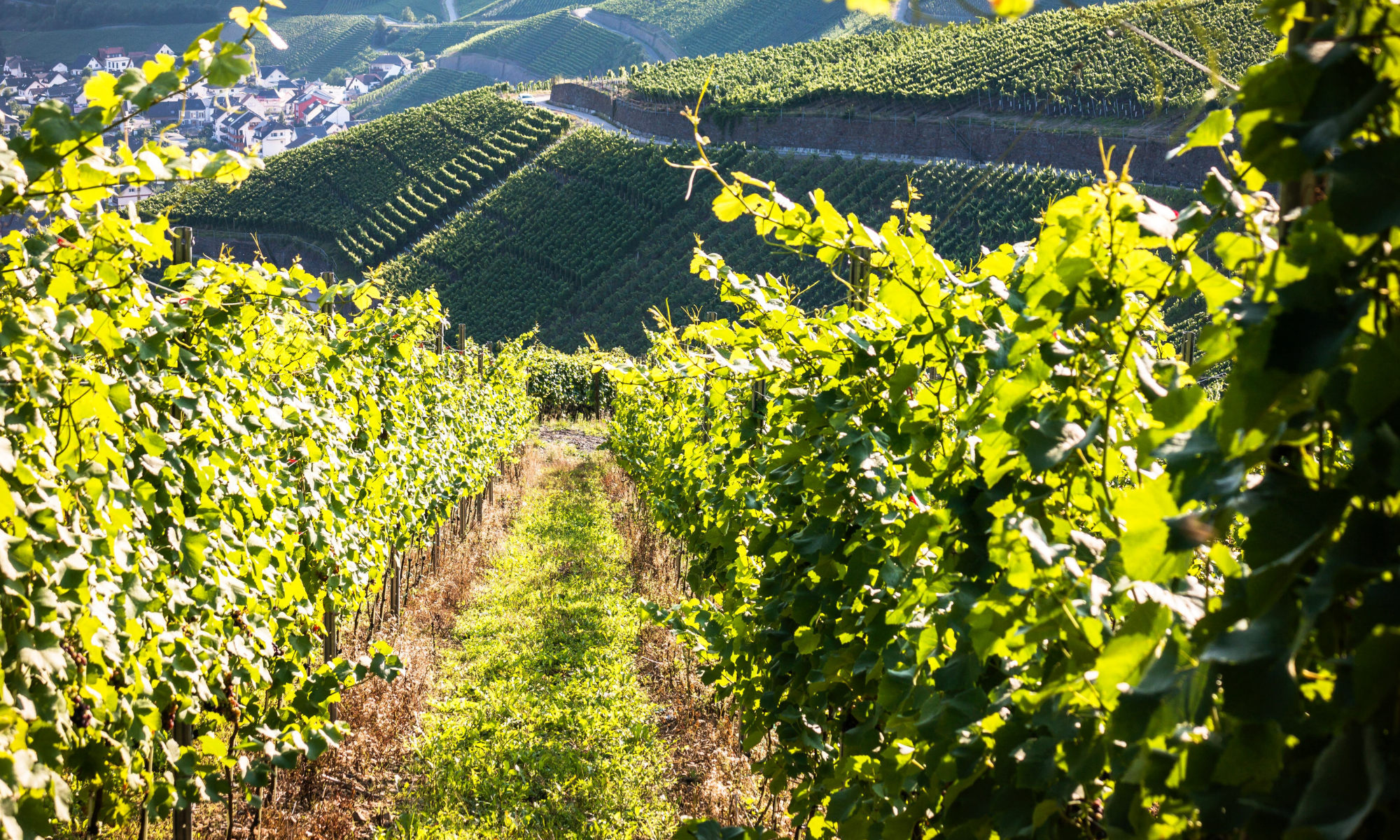
The Apollo Missions for Kids: The People and Engineering Behind the Race to the Moon, with 21 Activities
By Jerome Pohlen
160 pages; ages 9 and up
Chicago Review Press, 2019
This was the summer of SPACE – celebrating the historic spaceflight that landed the first two people on the moon (July 20, 1969). Getting people to the moon took money and man-power. It took teamwork! More than 400,000 people worked on the Apollo project, in factories and offices spread over 46 states, writes Jerome Pohlen.
Mostly, it took vision – the vision of President John F. Kennedy who, in 1961 declared the goal of landing a man on the moon within the span of a decade. At the time, the US space program was in its infancy; just 20 days earlier the first astronaut had been launched – a 15-minute flight up and back without even time to orbit the earth. Landing a human on the moon would be a challenge.
This book takes us into Mission Control and into space with the Gemini and Apollo projects. We get a close-up view of astronaut training, engineering problems, and the test of human endurance that early missions demanded. There were tragedies – the Apollo One crew was killed in a fire on the Launchpad during a test – and triumphs as the scientists, engineers, and astronauts worked toward their goal of safely landing on the moon and returning to Earth.
What I like about this book: The writing is engaging, like reading a story well told, and supported by plenty of sidebars. The book opens with a timeline that begins with 1926 – when Robert Goddard launched his first liquid-fueled rocket – to 1979 when Skylab fell to Earth. Sidebars provide additional details about the Saturn V rocket, how capsules “surf” through the atmosphere, moonsuit details, as well as offer short bios of software engineer Margaret Hamilton and “computer” Katherine Johnson (who calculated flight trajectories).
Twenty-one activities range from designing your own mission patch to figuring out your moon-weight, orbital mechanics, making “space food”, and more.

It’s STEM Friday! (STEM is Science, Technology, Engineering, and Mathematics)
Copyright © 2019 Sue Heavenrich All Rights Reserved.




 My Happy Year by E.Bluebird (A Nature Diary)
My Happy Year by E.Bluebird (A Nature Diary)

















